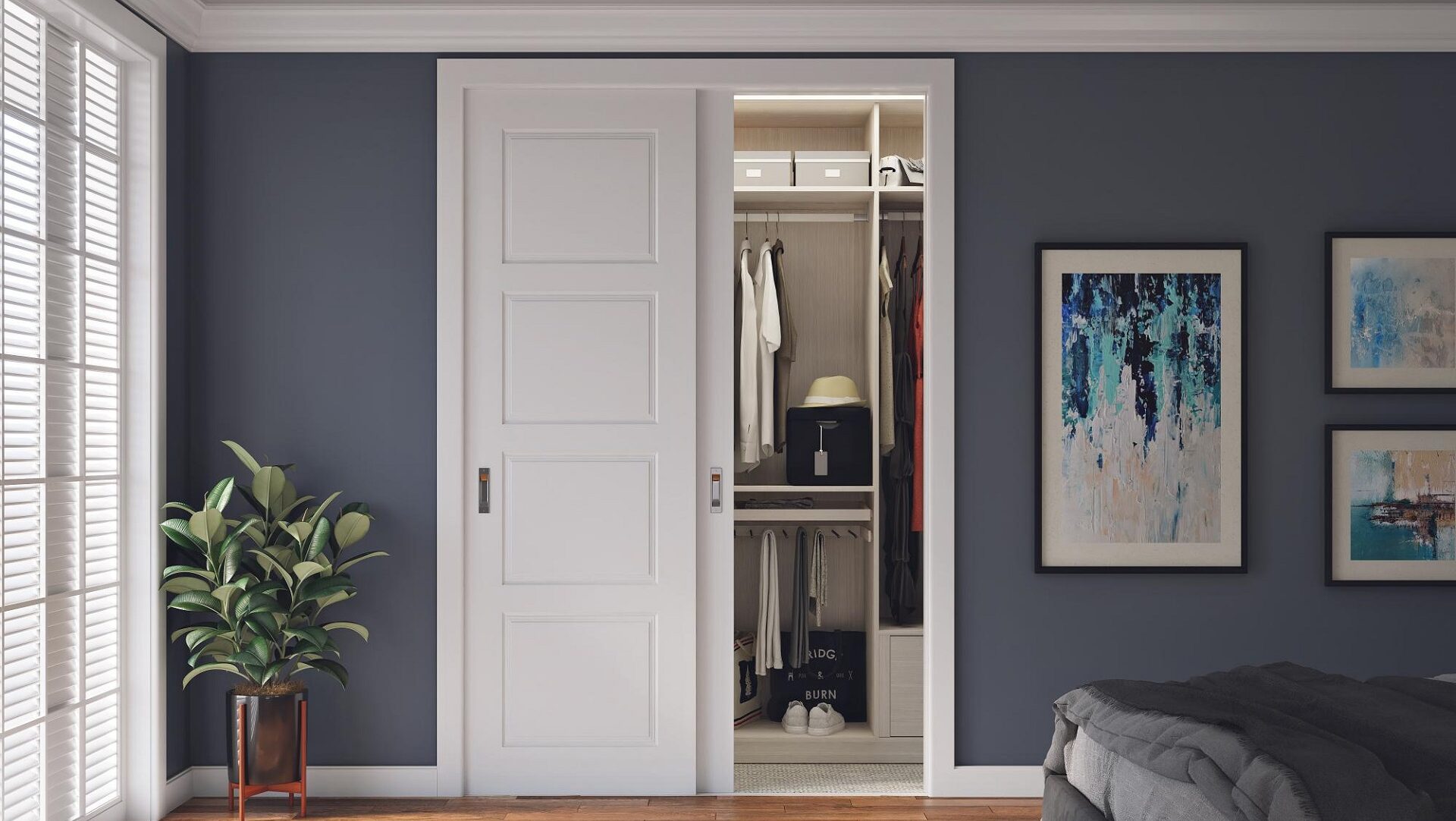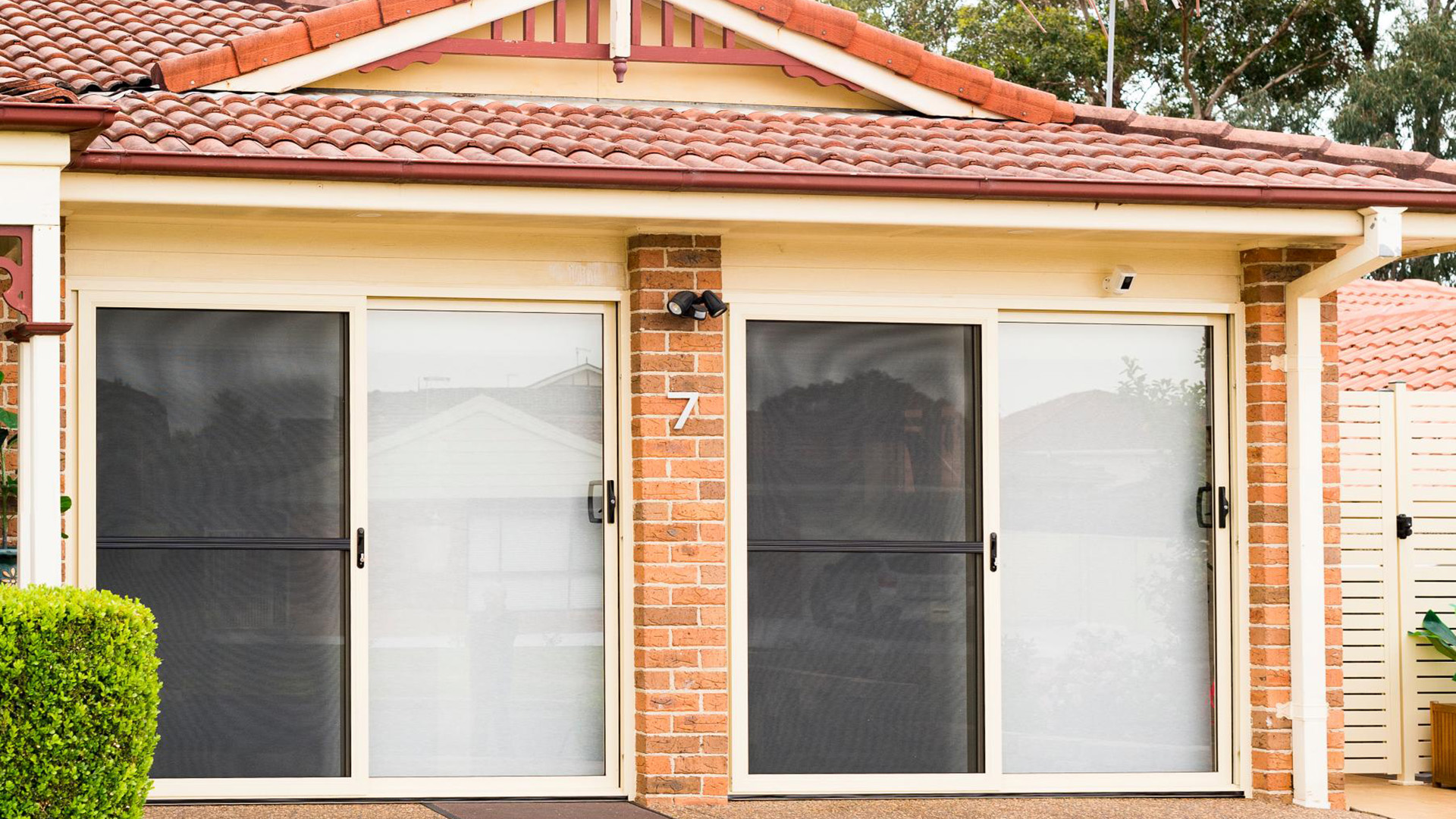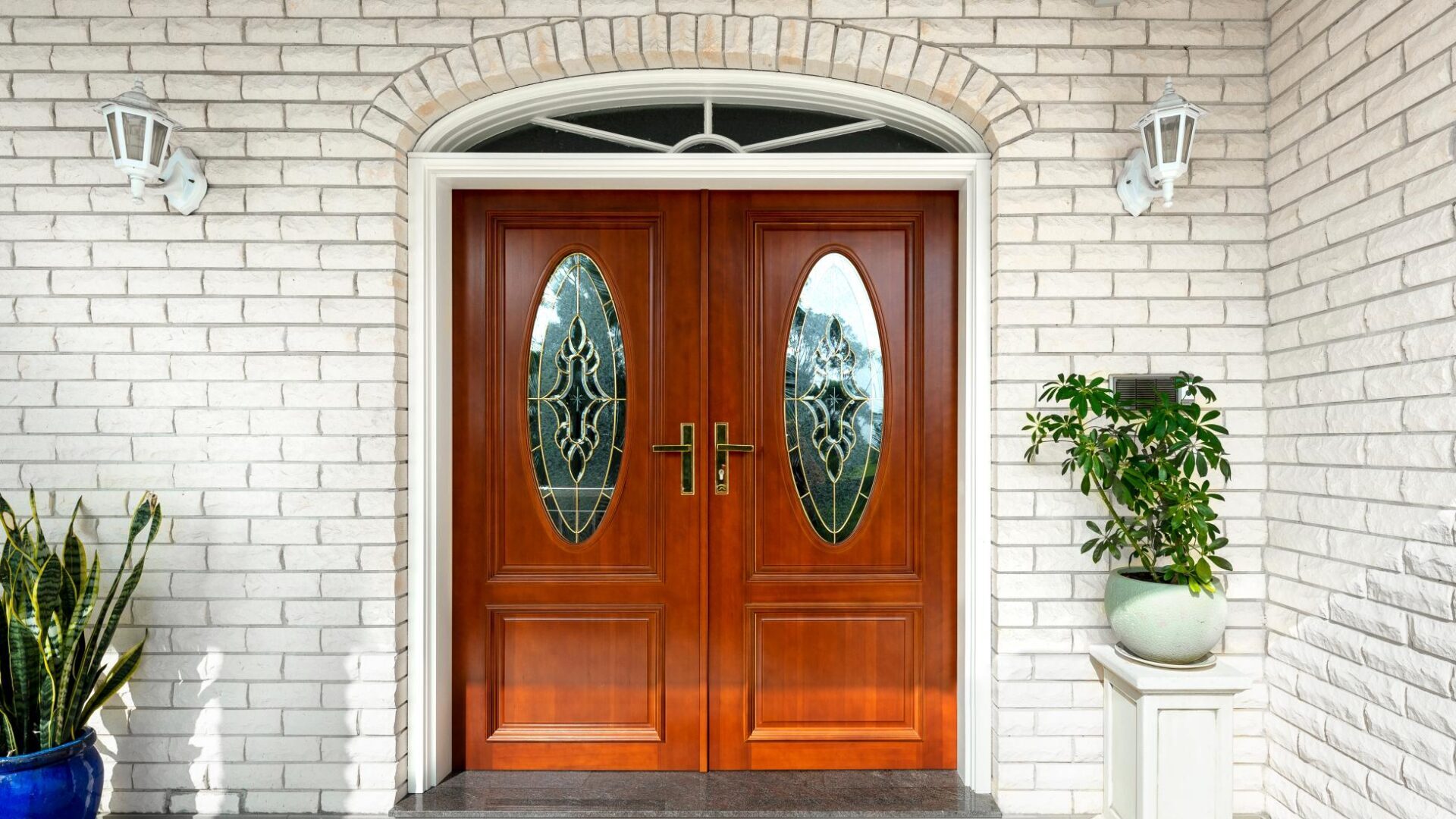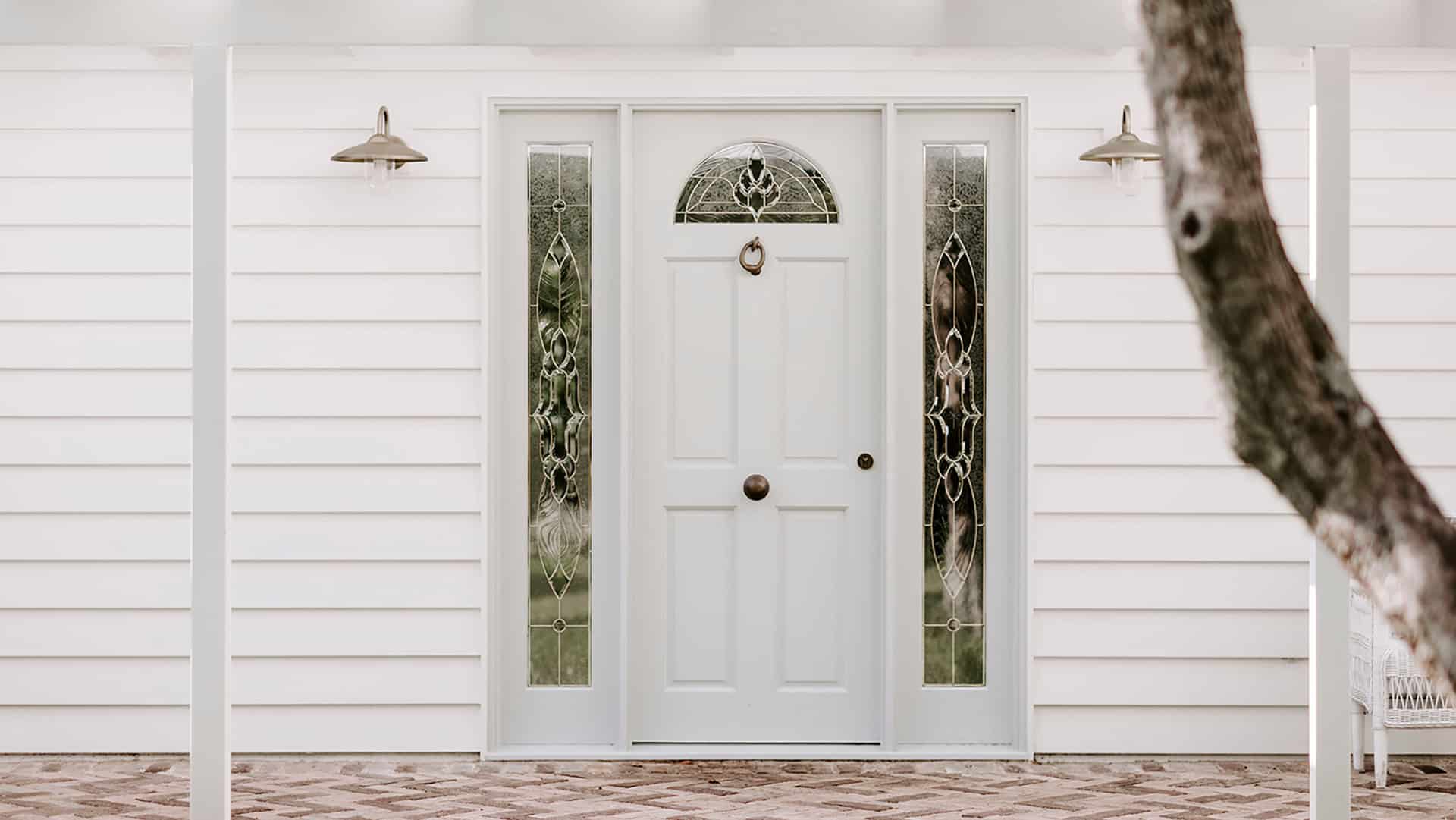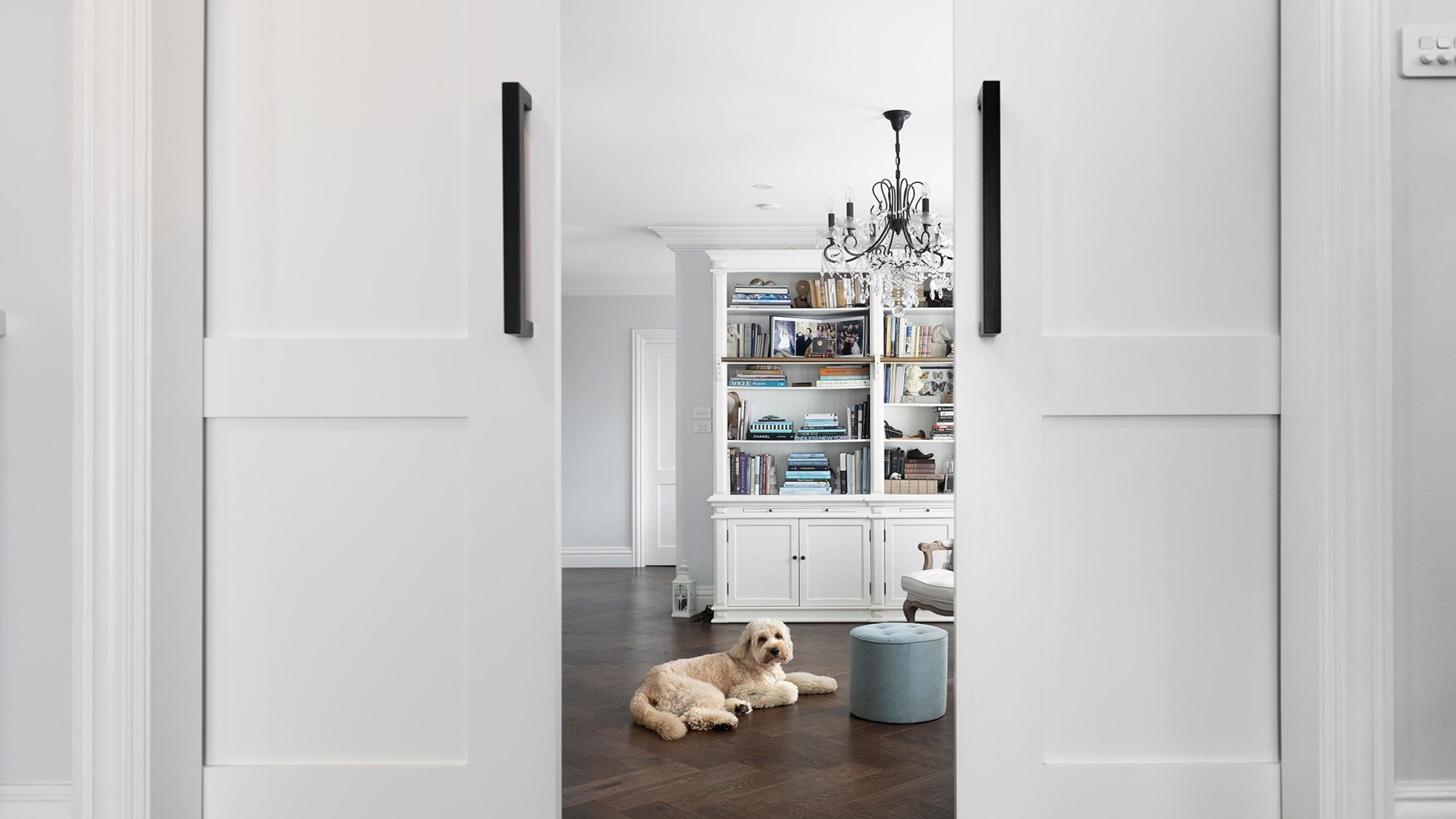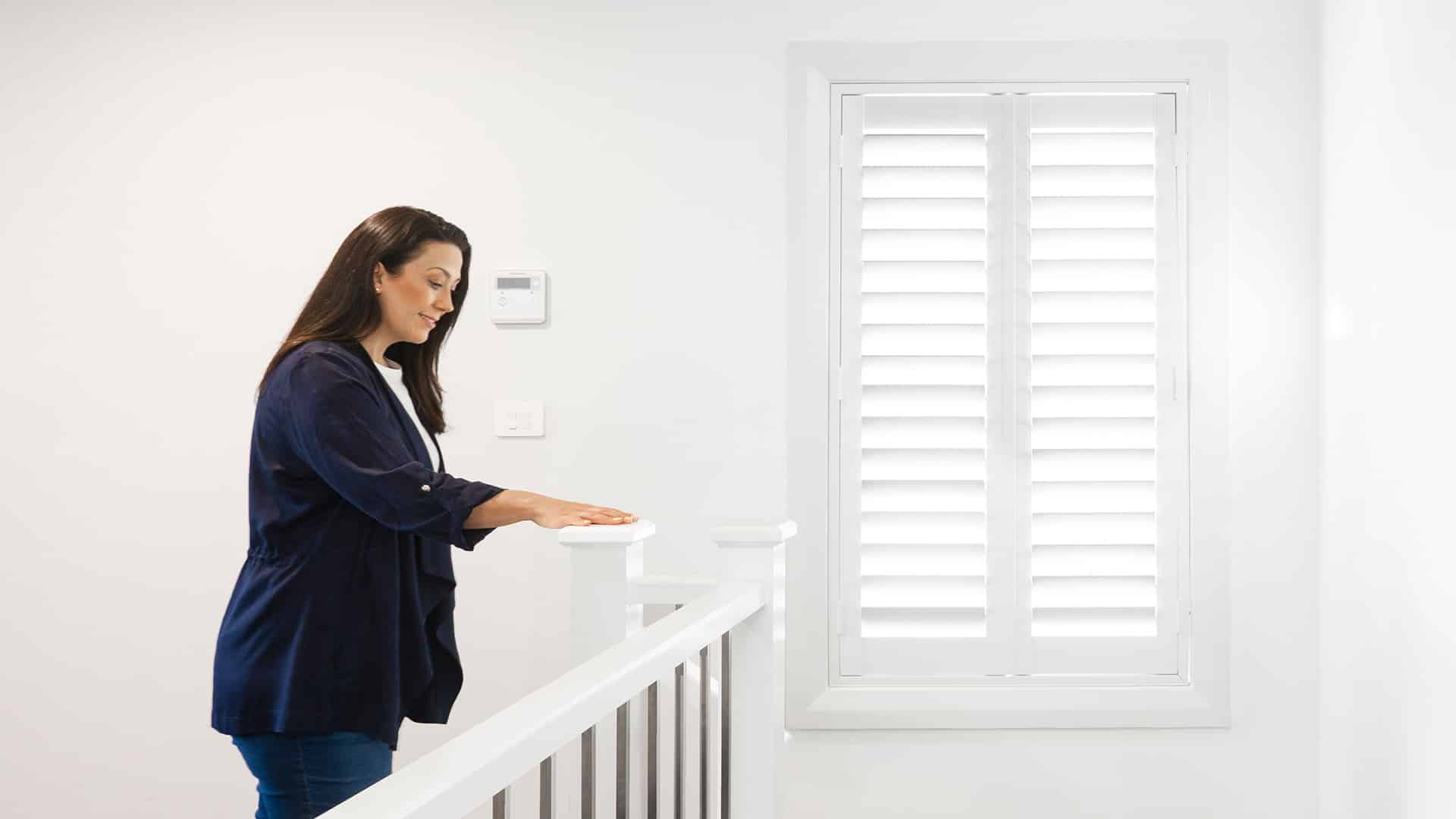Essential Guide to Measuring the Rough Opening for a Bifold Closet Door
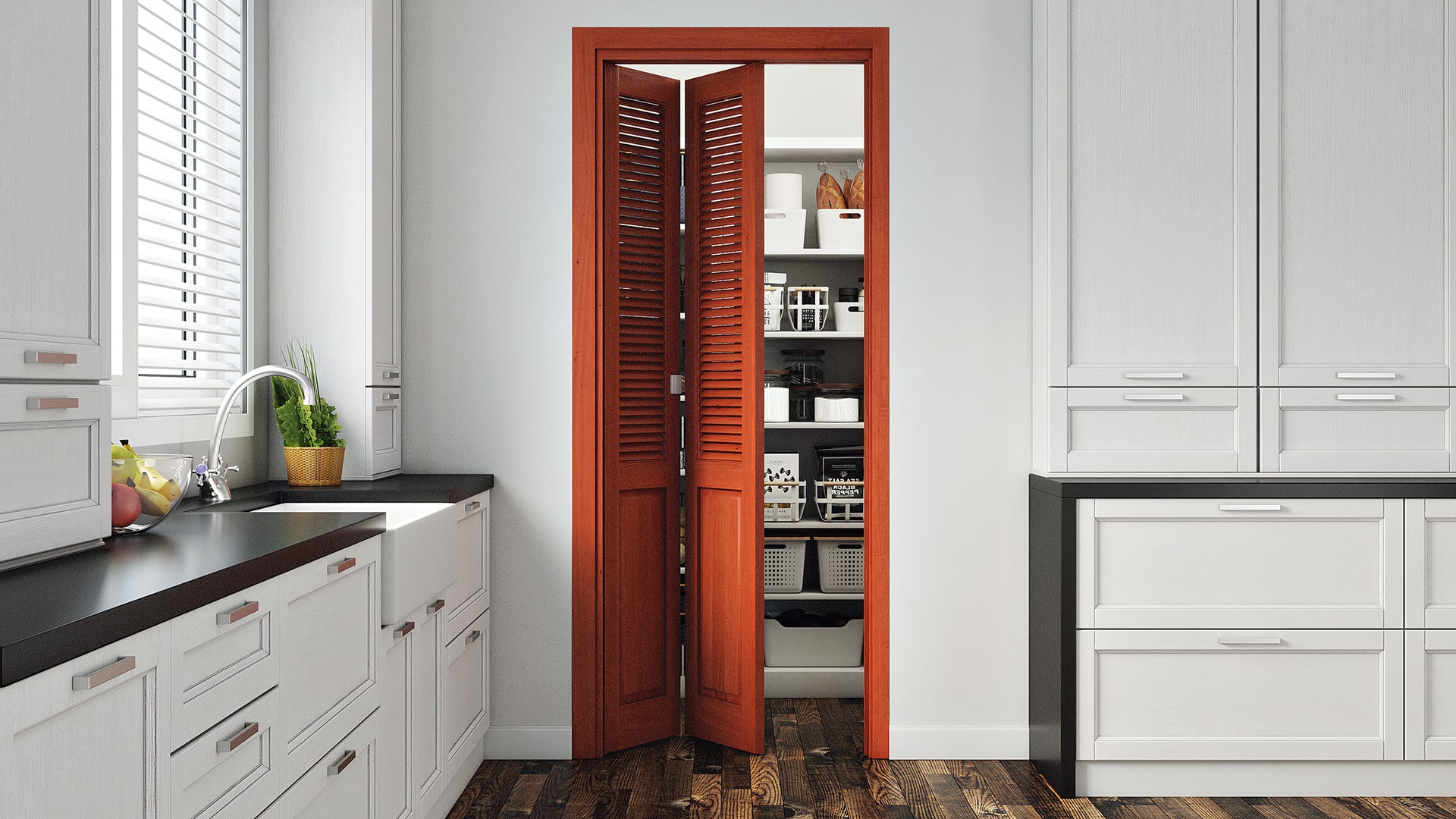
Bifold closet doors: they’re the sleek, space-saving solution for every cluttered closet.
But before you swing into action, there’s one vital step that can make or break your project: nailing the rough opening for bifold closet door measurements.
Messing up this step can throw a wrench in your plans, leaving you with wonky doors, uneven and ugly gaps, and a lot of unnecessary hassle.
But don’t throw in the towel just yet! This guide is your ticket to measuring mastery.
We’ll show you how to get those measurements spot-on, resulting in a smooth installation and doors that glide like a dream!
Step-by-Step Guide to Measuring the Rough Opening for Bifold Closet Doors
For the following steps, let’s imagine you already have an old closet door you just removed, leaving you with a rough opening.
Let’s see how you can accurately measure the opening so you can install your new bifold doors!
Step 1: Gather Your Tools
Make sure you have the following tools ready:
• Tape measure.
• Pencil.
• Notepad.
Step 2: Clear the Area
Remove any obstructions around the opening, such as trim, moulding, or debris.
This will help you get accurate measurements.
Step 3: Measure the Width
1. Top: Measure the width at the top of the opening, from the inside edge of one stud to the inside edge of the opposite stud.
2. Middle: Measure the width at the middle of the opening.
3. Bottom: Measure the width at the bottom of the opening.
4. Record: Write down all three measurements.
The smallest of these three is your rough opening width.
Step 4: Measure the Height
1. Left Side: Measure the height on the left side of the opening, from the floor to the top of the opening.
2. Right Side: Measure the height on the right side of the opening.
3. Record: Write down both measurements. The smallest of the two is your rough opening height.
Step 5: Check Squareness
1. Diagonals: Measure diagonally across the opening from one corner to the opposite corner.
2. Compare: The two diagonal measurements should be as close to equal as possible.
A significant difference indicates the opening isn’t square, which is a problem.
3. If the opening isn’t square: If the difference is small, you may be able to adjust it slightly during the installation process by shimming the jamb.
If the difference is large and the opening is significantly out of square, you’ll need to adjust the frame itself to make it square.
This might involve adding or removing material from the studs.
If you’re unsure how to do that, it’s always best to err on the side of caution and get professional help.
Step 6: Account for Gaps and Adjustments
• Bifold Doors: The rough opening should typically be 15-25mm wider than the combined width of the door panels to allow for the track system and necessary clearance on each side.
The height should be 25-35mm taller than the door height to accommodate the top track, guide rollers, and ensure smooth operation.
• Note: Remember these are general guidelines, and the specific dimensions may be different depending on the manufacturer and the specific bifold door model.
It’s always best to consult the manufacturer’s instructions for the most accurate information.
Step 7: Double-Check Your Measurements
It’s always a good idea to measure everything twice.
Mistakes in measuring can lead to problems later on!
Sizing Up Your Space: The Right Bifold Door for Your Existing Opening
While custom sizes are available, standard bifold doors are often the most convenient and budget-friendly option. Here’s a quick reference guide to common sizes found in the Australian market:
• Widths: 620mm, 720mm, 770mm, 820mm, 870mm, 920mm.
• Heights: 2040mm, 2340mm (some ranges).
If your opening doesn’t quite match these standard sizes, don’t worry! You have a few options:
• Custom bifold doors: Many suppliers, including Doors Plus, offer custom bifold door options for the perfect fit for your closet space.
• Adjust the rough opening: In some cases, it might be possible to slightly adjust the existing framing of the opening to accommodate a standard-size door.
However, this is a slightly trickier option and should only be attempted by experienced DIYers or professionals!
Common Mistakes and How To Avoid Them
• Inaccurate measurements: This is the most common mistake, often leading to doors that are too small or too large for the opening.
o Solution: Double-check all measurements. Measure at multiple points (top, middle, bottom) to account for any inconsistencies in the opening.
• Not accounting for the track: Forgetting to include the width of the track in the rough opening measurement.
o Solution: Refer to the manufacturer’s instructions for the track width and add it to the combined width of the door panels when determining the rough opening width.
If you haven’t chosen a door yet, refer to the average allowance sizes in step 6.
• Overlooking obstructions: Not considering potential obstructions like light switches, power outlets, or skirting boards.
o Solution: Carefully inspect the area around the opening and plan accordingly.
If needed, remove any obstructions before installing the door.
• Not levelling: Measuring the height without ensuring the floor is level.
o Solution: Use a level to check the floor’s evenness before measuring the height. If the floor is uneven, you may need to adjust the measurements to suit.
Ready To Transform Your Space With New Bifold Doors?
Feeling the DIY itch? Doors Plus is your one-stop shop for bifold doors.
We’ve got a style for every vibe, from minimalist chic to rustic charm.
Imagine your laundry room transformed into a stylish haven or your pantry becoming a Pinterest-worthy masterpiece.
The possibilities are endless!
Swing by a Doors Plus showroom and let your imagination run wild.
Or, browse our online collection.
Contact us for a free measure and quote, and let’s unlock the full potential of your home with the perfect bifold doors.
Your dream space is just a few folds away!
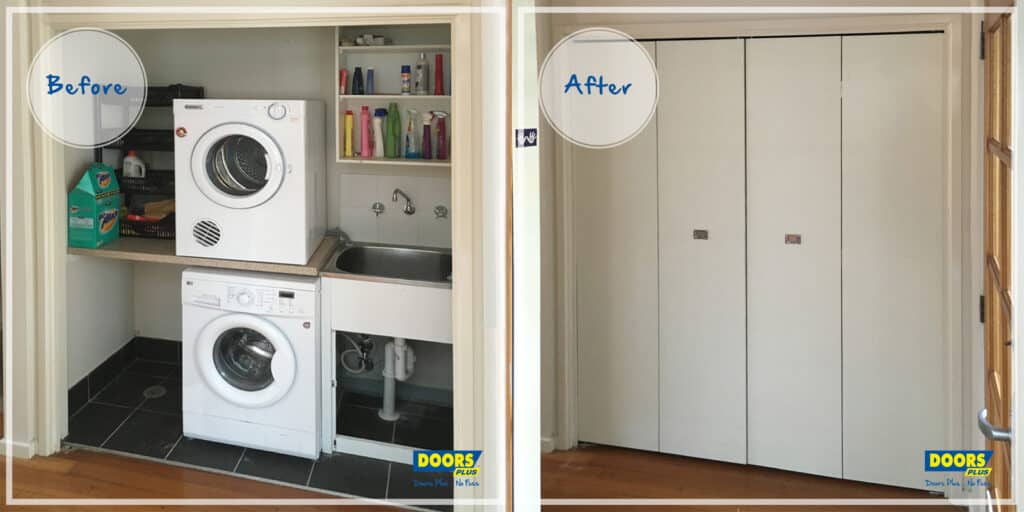
FAQs About What Should Be the Rough Opening for a Bifold Door
What Is the Rough Opening for a Bifold Closet Door?
The rough opening for bifold closet doors should typically be 15-25mm wider than the combined width of the door panels and 25-35mm taller than the door height.
Always consult the manufacturer’s instructions for your specific bifold door, as these dimensions can vary.
How Much Smaller Should a Bifold Door Be Than the Opening?
The combined width of the bifold door panels should typically be 15-25mm smaller than the rough opening width to allow for the track and clearance.
The door height should be 25-35mm shorter than the rough opening height to accommodate the top track and ensure smooth operation.
What Is the Standard Size of a Bifold Door in Australia?
There’s no single “standard” size for bifold doors in Australia, as they come in various configurations and sizes to fit different openings. Some common sizes for bifold doors include:
• Width:
o Individual panels. 620mm, 720mm, 770mm, 820mm, 920mm.
o Overall door widths (depending on the number of panels). 1800mm, 2400mm, 3000mm, and upwards.
• Height:
o 2040mm (standard height).
o 2340mm (extra tall option).

